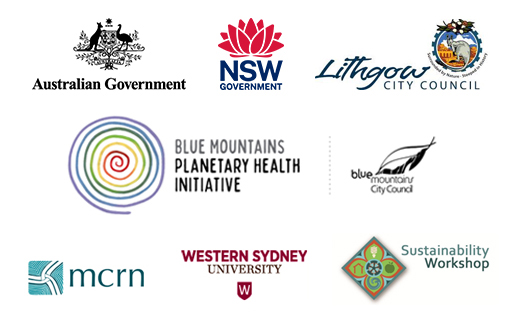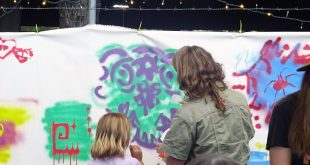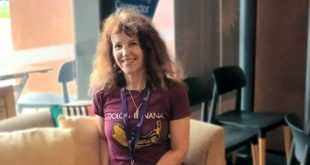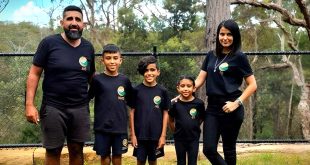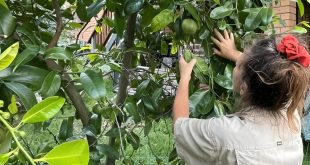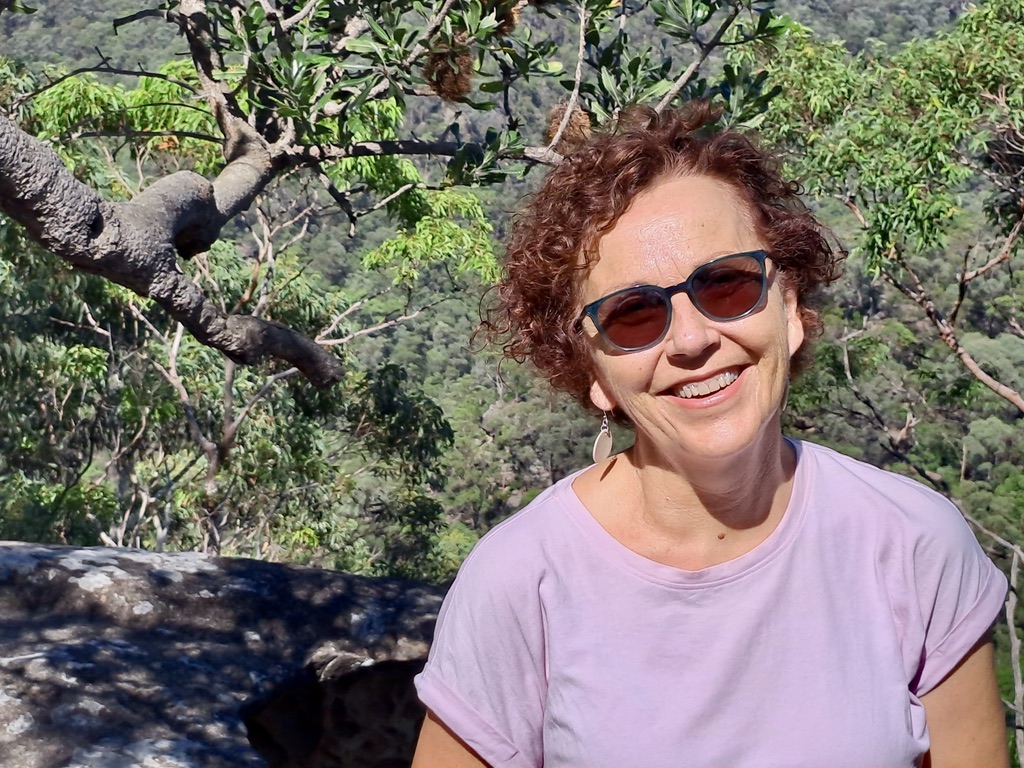
Julie Parkin at the stunning lookout at the end of her favourite track (Julie Nance)
By Julie Nance
Creating a stunning series of artworks that showcase flowers across the seasons has helped Springwood artist Julie Parkin combat eco anxiety.
At the end of 2021 Julie Parkin was feeling lost and uncertain about the future. The challenging years of bushfires, floods and COVID had taken their toll. She felt overwhelmed by the environmental challenges facing our world and didn’t know how to engage with them.
“I was time poor, lacked direction and had lost faith in art,” says Julie. “Making art about the climate crisis seemed like the only meaningful thing to do but I wondered how I could do this without the art being depressing or a cliché.”
Julie’s mind felt like a blank canvas. She was used to structure, deadlines and mentoring while completing her visual arts degree at Sydney College of the Arts.
After graduating at the end of 2020, Julie lacked motivation. Left to her own devices, her confidence to produce impactful art was fading. The busyness of life took over.
She decided the first step to regain her creative mojo was to identify her passions. A small but insightful list emerged: meditation, flowers, journaling, making art and her favourite three-kilometre walking track in Springwood.
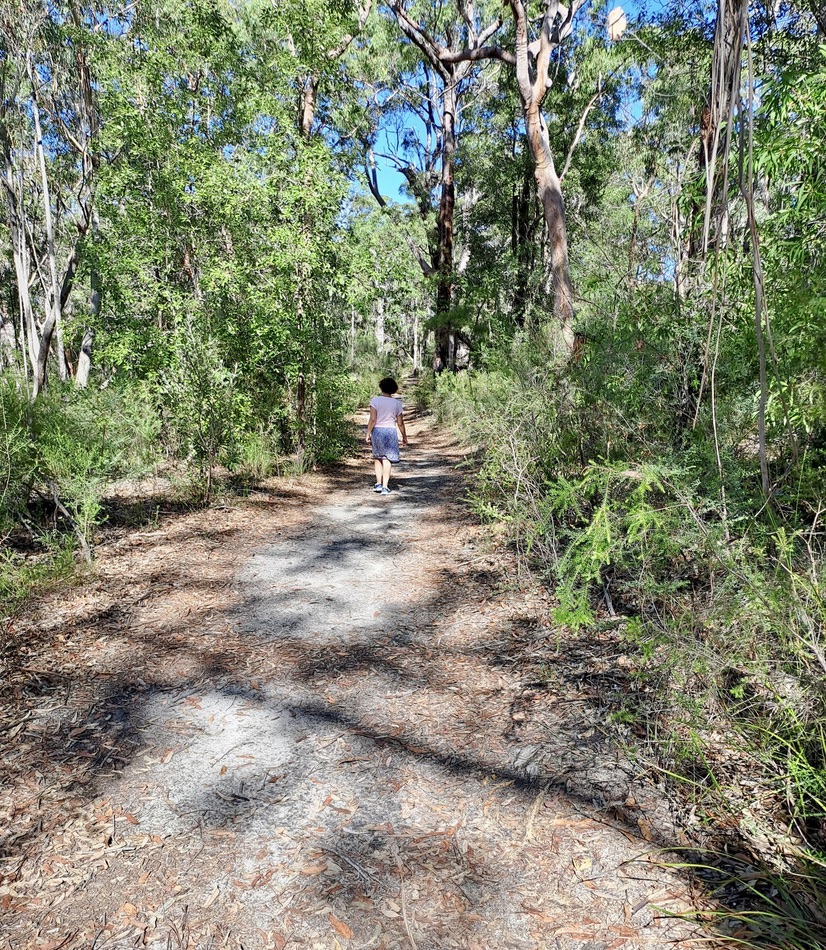
Julie’s favourite walking track in Springwood (Julie Nance)
A 12-month project was born, collapsing Julie’s self-care practices into one venture.
Julie confronted uncertainty with a plan she was determined to stick to. It involved walking the track at the end of Lalor Drive at least weekly and recording the flowers. She pledged to make four designs a month and journal about the process. She wanted to develop a relationship with the area by getting to know it.
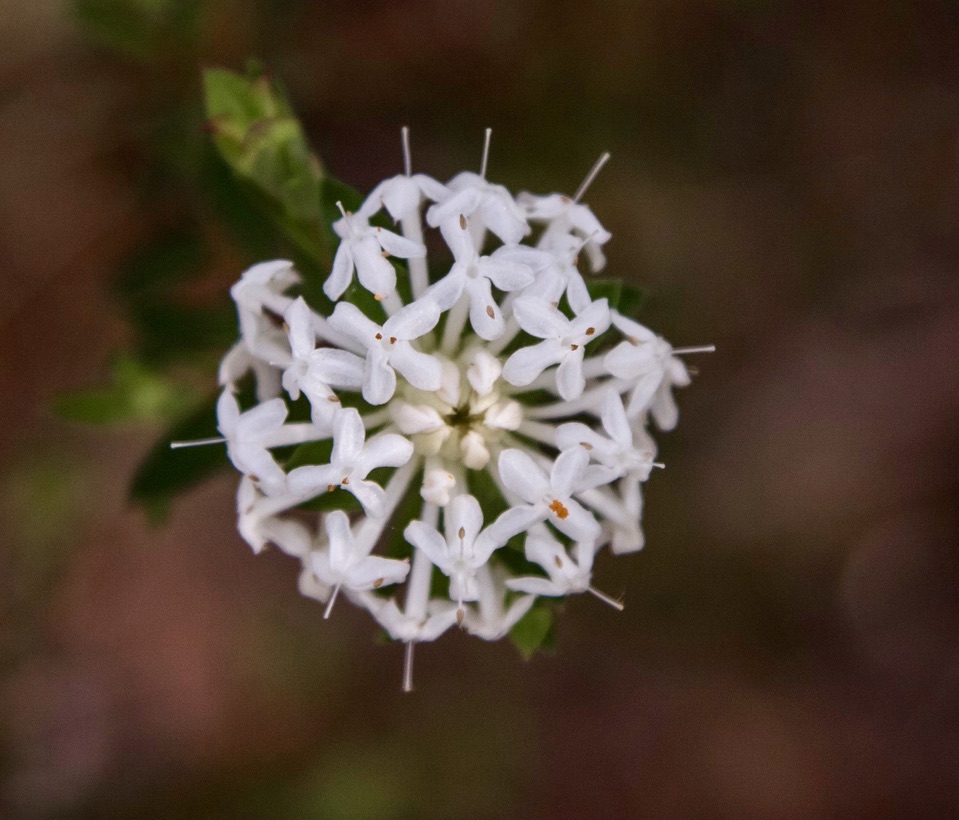
Photo for inspiration: Pimelea linifolia, also known as Queen-of-the-bush (Julie Parkin)
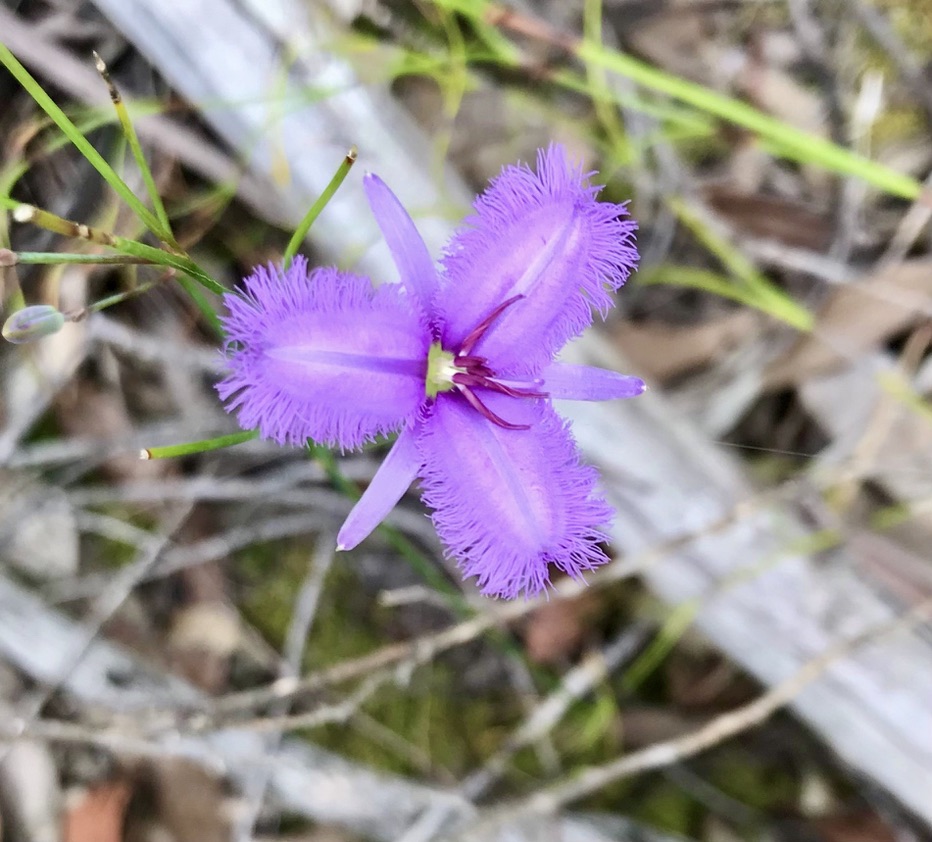
Photo of Thysanotus tuberosus, also known as the Fringe-lily (Julie Parkin)
Julie visualised the track in bed each night to help her fall asleep. “I let the process lead me and I was completely open to what might capture my imagination and change me,” she says.
“I experimented with a combination of painting, drawing, collage, sewing, digital drawing and photography.
“I enjoyed playing with the forms of ikebana, William Morris designs and more free form patterns. I used the Canva platform to create hybrid art forms.”
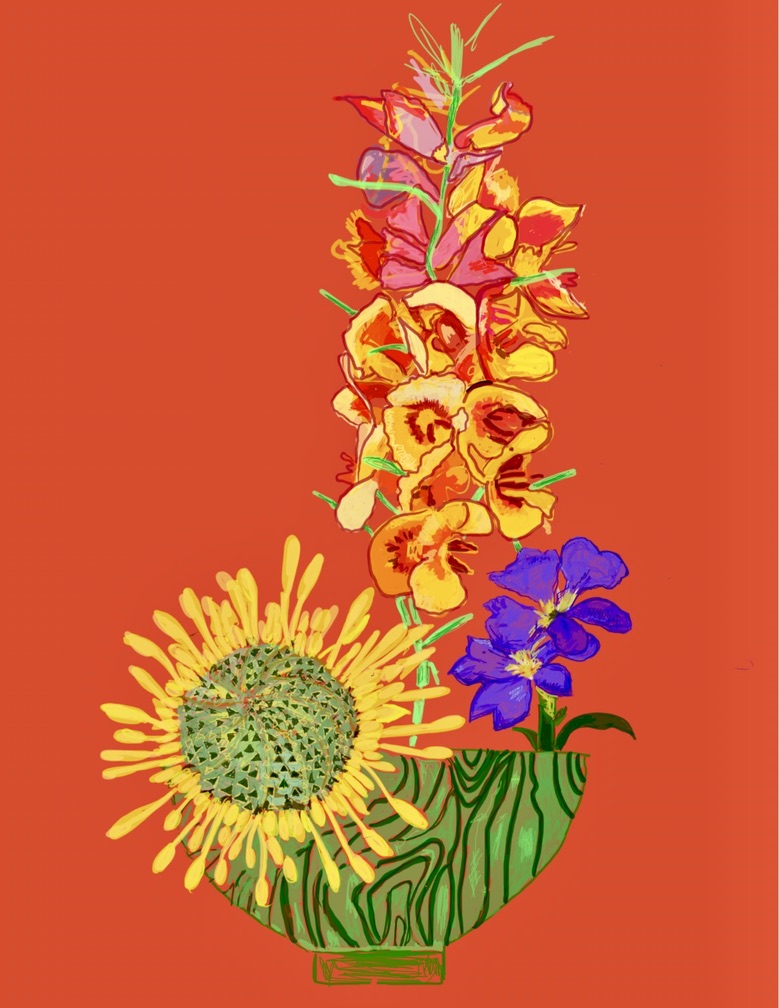
One of Julie’s digital drawings inspired by Ikebana, the Japanese art of flower arranging (Julie Parkin)
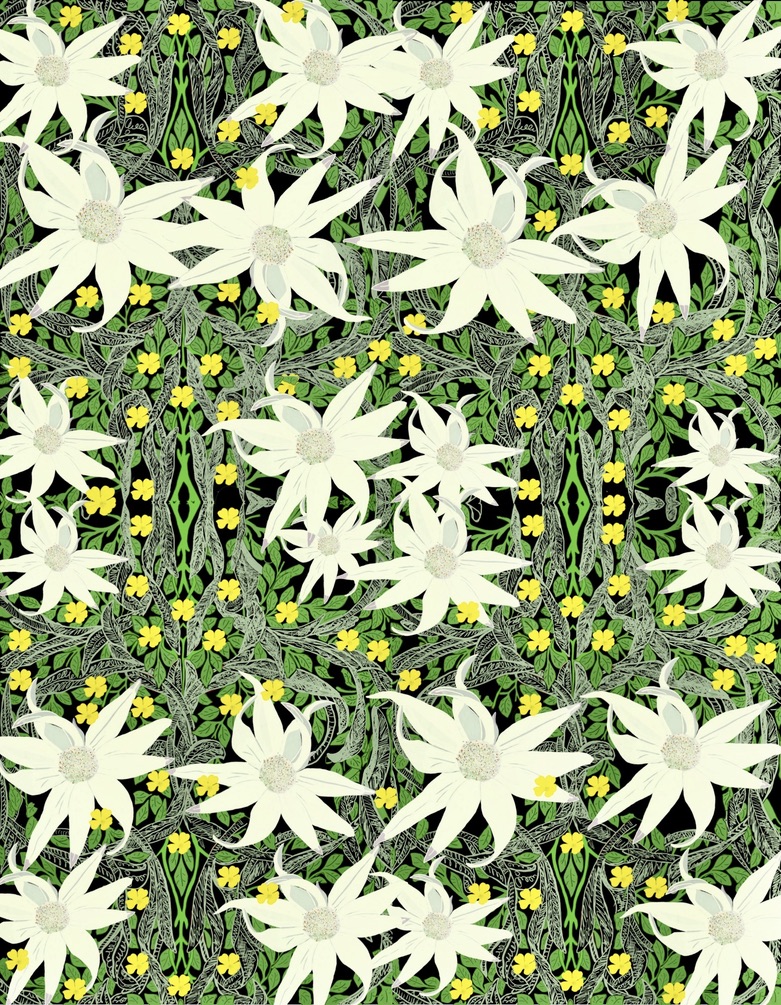
William Morris-inspired digital drawing and design (Julie Parkin)
Through her ‘passion project’, Julie developed a unique, sustainable art practice that investigates connections between art and science.
After a year of regularly walking the track and studying the flowers, Julie fell in love with the area, developed an impressive body of work and generated a journal of findings and observations.
“I saw more flowers than my plant and animal app could identify,” says Julie, mentioning that she only ventured off the track a maximum of a metre to study, photograph or draw the flowers.
“By the end of my project I had identified 71 species of flowers through the iNaturalist app but many eluded me.”
The experience made Julie think about the system of naming flowers in Australia.
She explains: “I wonder what the Traditional Owners of this land call these flowers. I reflected on the politics of imposing European names on things that probably already had Indigenous names.”
Before embarking on the project, Julie walked the track for exercise, unaware of the array of flora and fauna along the way.
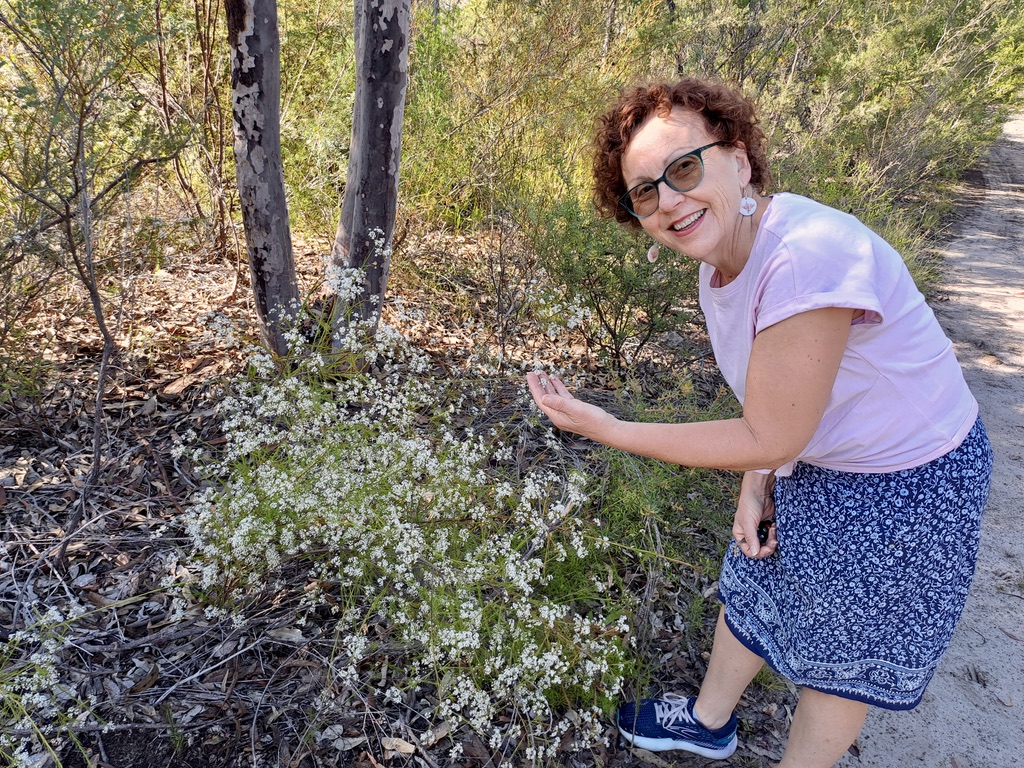
Julie now has her eyes wide open on the track, admiring the natural beauty along the way (Julie Nance)
She ended up feeling deeply connected and soothed by her favourite track. Julie would often visit every day, no matter what the weather threw at her.
“I developed a real excitement and interest in the science of the flowers. My project relaxed me and helped to regulate my mood,” Julie says.
“Engaging in an intentional relationship with the bush made me more motivated to care for my environment.
“Instead of just an intellectual idea, it has become an embodied connection. Perhaps that is the key to creating a world in which we, as humans, notice we have an entirely symbiotic relationship with our environment.”
Asked which is her favourite flower, Julie hesitates, as if it’s disloyal to single out one or two.
“The scented Boronias in Spring were delightful, and the orchids were exquisite,” she says.
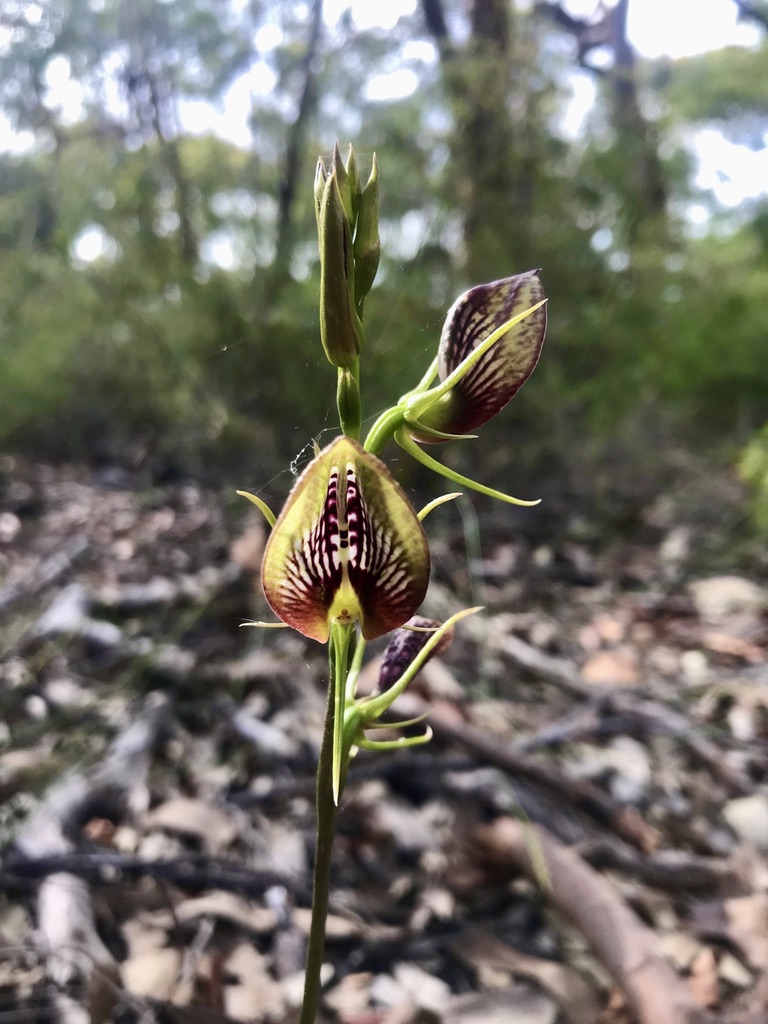
Cryptostylis erecta, commonly known as the bonnet orchid or tartan tongue orchid, is one of Julie’s favourites (Julie Parkin)
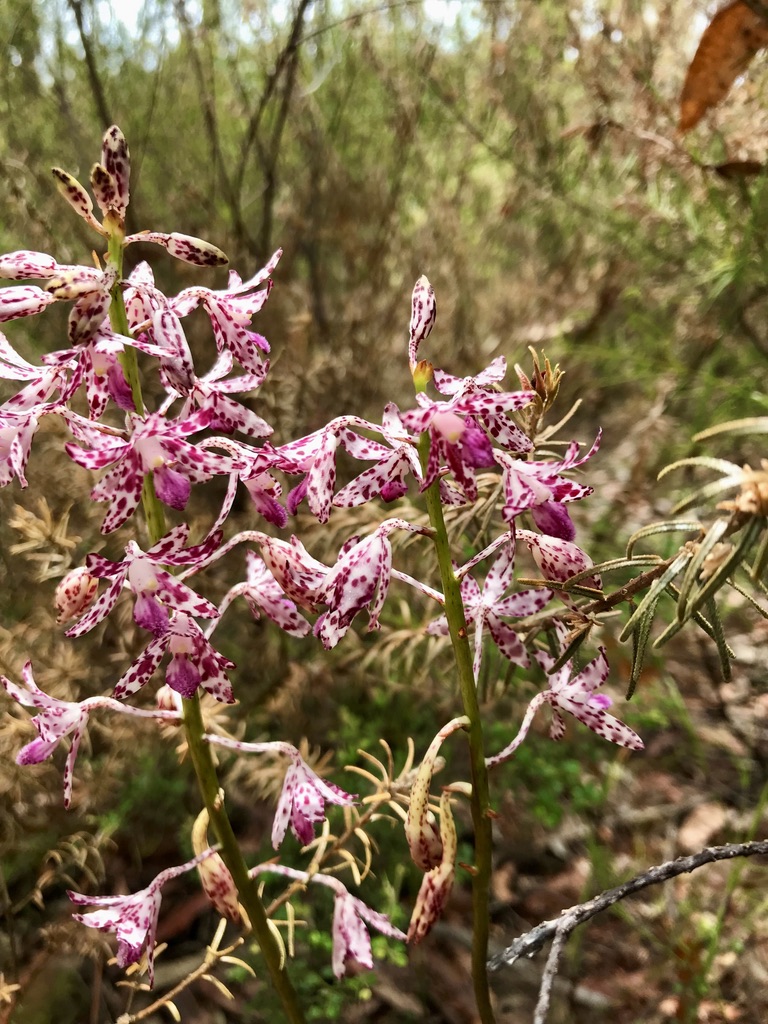
Another favourite – Dipodium variegatum, commonly known as the slender hyacinth-orchid, or blotched hyacinth-orchid (Julie Parkin)
“I discovered all this activity in the flowers too. I’d take a photo and make it bigger at home and I’d suddenly realise a flower had this amazing bug on it that I hadn’t seen with my naked eye.”
Julie’s project has boosted her confidence as a multidisciplinary artist working across painting, sculpture, sound, text and ceramics.
It has allowed her to reflect on her life, including decades as a nurse and midwife.
Finding time to practice art, while working in health and raising a family, was always a challenge. Julie is thankful she is now taking risks and following her instincts.
“I am reviewing my research and deciding what applications the project might have. Potentially a book, an exhibition, workshops or perhaps all three,” Julie says.
“I am also considering using the research as a basis for a Masters’ degree at some point in the future.”
For Julie, there are many life-changing benefits of her project that are difficult to quantify, one being the direction she was desperately seeking.
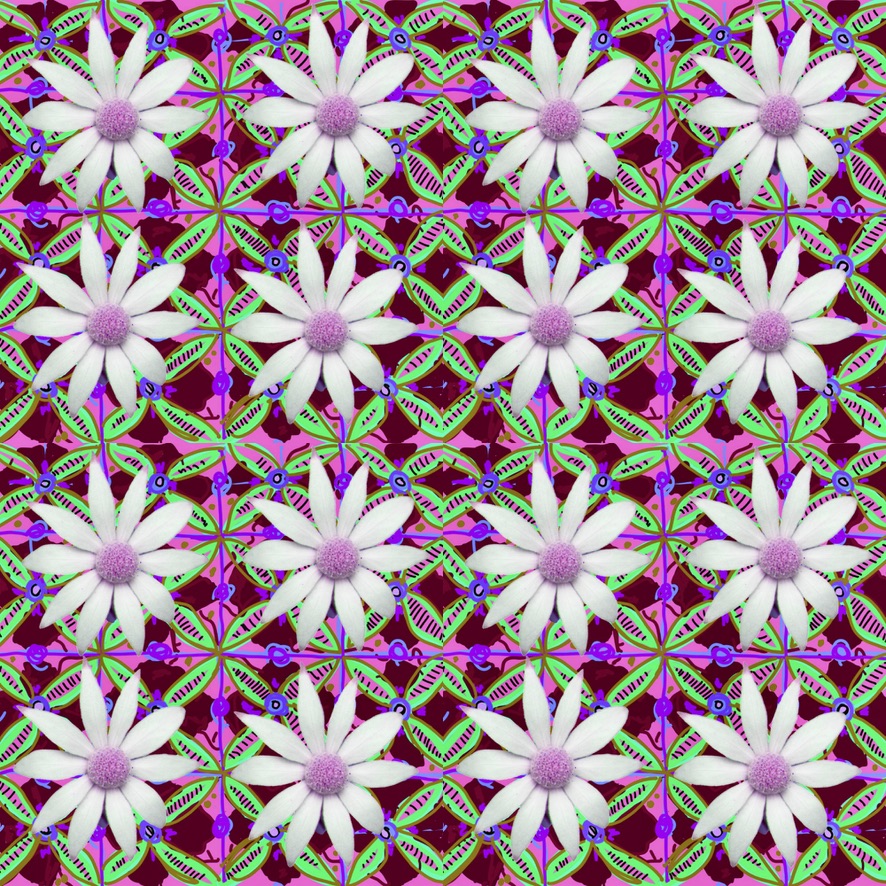
A William Morris-inspired digital drawing, design and photograph (Julie Parkin)
“This experience has made me more respectful of the bush and the environment,”Julie reflects. “I miss the track when I can’t get out there.
“My project has given me meaning. I feel like I’ve done something really worthwhile.”
This story has been produced as part of a Bioregional Collaboration for Planetary Health and is supported by the Disaster Risk Reduction Fund (DRRF). The DRRF is jointly funded by the Australian and New South Wales governments.
